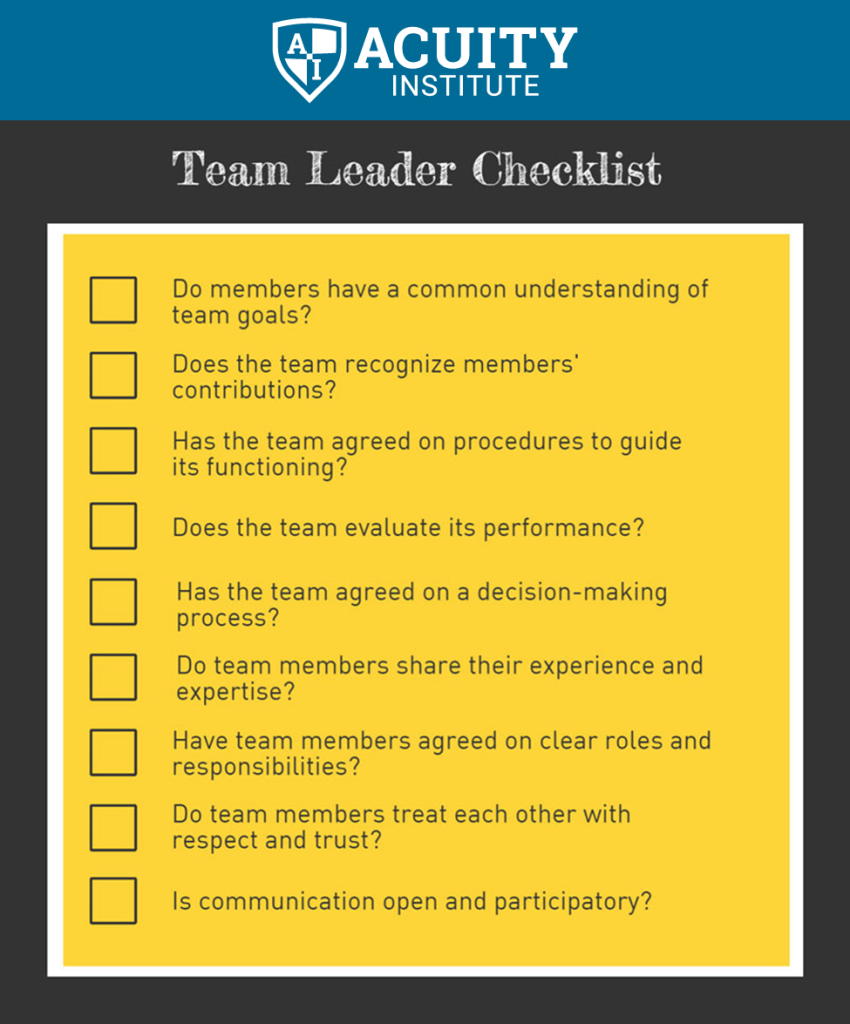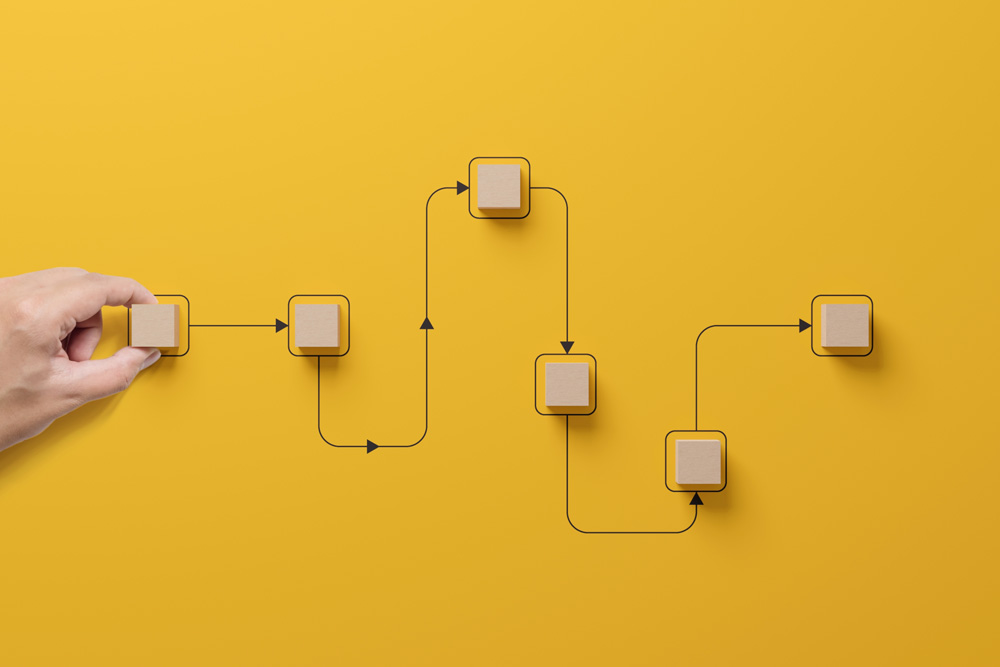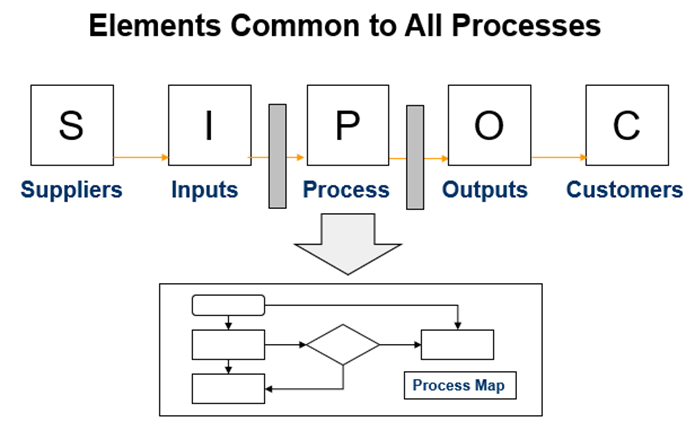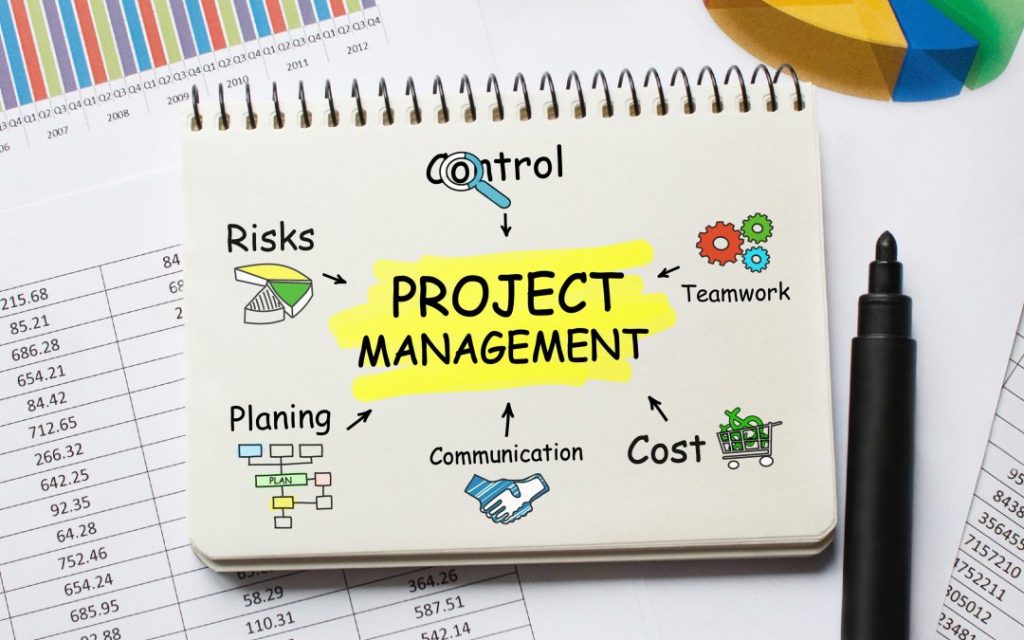Establishing a Foundation of Change
Successful workplace changes require a foundation that provides direction, sets expectations and establishes accountability for results. To achieve adoption, the focus has to be about the people—not the dollars. It’s the employees and impacted departments or business units of the organization who will be asked to change and adjust to a new process. Their perception is often that these changes will increase their costs, impact their productivity and take them out of their comfort zones. Managing employees and business units through change is critical to the success of any initiative. Over the last decade, more and more organizations are implementing change agents. A change agent is a Change Management Professional whose role is to lead the organization’s change strategies and system-wide change initiatives. The change strategy defines: “Teamwork Makes the Dream Work” Change agents are not lone rangers. Successful implementation is virtually impossible without committed cross-functional representation, including a strong executive sponsor as well as formal and informal leaders at all levels of the organization. It’s especially critical to engage the direct managers. Employees in all age groups agree that they want to hear about change from their own manager. These leaders know the dynamics of their team and understand the unique culture and readiness of each group. Establishing a Foundation The more our leaders and team members understand the process of change management as well as the role and responsibilities of the change team, the better they will be at identifying when change is coming and preparing to move themselves and others through the change process towards adoption. It is important to educate the organization on the foundation from which our change agents, leaders and other change team members operate. This foundation includes: The Change Management Toolkit As change agents work with leaders and other change team members, they develop the change toolkit. These templates will be shared with the team so that they can contribute to them and use them to drive change within their teams. The toolkit assists leaders in a few ways: If you are looking to educate your leaders and team members in the foundations of change management, Acuity Institute’s new course is for you! Change Management Foundations teaches the foundations of change management including the change roadmap, the roles and responsibilities of the change team and many of the common tools used in the change management toolkit. This course is 100% online, making it accessible for your leaders and team members to complete at their own pace. Contact us to learn more or to find out about group discounts. Maybe your organization is looking for help in establishing a change strategy. Acuity offers our Change Management Professional Certification. This program is designed to provide change leaders with the tools and skills to initiate change in a project environment. Our program delivers best practices for both tactical and behavioral elements of change from leading experts in a practical and simple way. It demystifies change by providing a superior interactive change management toolkit, which leads practitioners through all phases of the change management process.
Establishing a Foundation of Change Read More »










